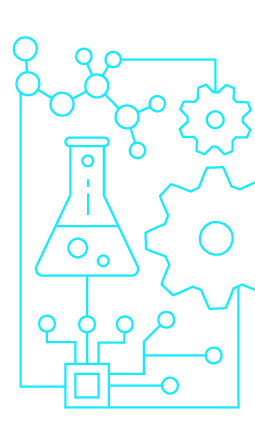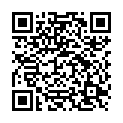|
|
|
| Module code: MAB-4.1 |
|
3V+1U (4 hours per week) |
|
4 |
| Semester: 4 |
| Mandatory course: yes |
Language of instruction:
German |
Assessment:
Ninety-minute written exam
[updated 12.09.2004]
|
MAB-4.1 Mechanical and Process Engineering, Bachelor, ASPO 01.10.2004
, semester 4, mandatory course
|
60 class hours (= 45 clock hours) over a 15-week period.
The total student study time is 120 hours (equivalent to 4 ECTS credits).
There are therefore 75 hours available for class preparation and follow-up work and exam preparation.
|
Recommended prerequisites (modules):
None.
|
Recommended as prerequisite for:
|
Module coordinator:
Prof. Dr.-Ing. Klaus Kimmerle |
Lecturer:
Prof. Dr.-Ing. Klaus Kimmerle
Prof. Dr. Michael Reimann
[updated 17.08.2012]
|
Learning outcomes:
After completing this course, students will be able to:
- explain and compute three ideal gas processes; explain and calculate the steam-turbine process (Clausius-Rankine cycle);
- understand and explain heat transport; elucidate and compute stationary and quasi-stationary problems; carry out calculations on simple heat exchanger systems.
[updated 12.09.2004]
|
Module content:
- Cyclical processes, Carnot efficiency and figures of merit
- Idealized cyclical processes with ideal gases
- Joule or Brayton cycle (turbine)
- Ideal constant-volume combustion cycle (Otto motor)
-Ideal constant-pressure combustion cycle (diesel motor)
- Pure, real substances and their applications
- Water and steam
- State variables of liquid water in the wet-steam region and of superheated steam
- Steam engines (steam turbine)
- Ideal one-stage steam turbine process
- Fourier’s laws on thermal conduction
- Thermal conductivity of liquids and solids, coefficient of heat transfer
- Stationary problems:
- Heat transfer through planar, cylindrical and spherical walls (Péclet equation)
- Quasi-one-dimensional and quasi-stationary problems:
- Cooling of flowing fluids in pipelines
- Cooling of a fluid in a spherical tank
- Cooling of a continuous wire in a fluid bath
- Ribbing and cooling fins (ribbed walls, ribbed piped)
- Similarity theory: Dimensionless variables (Nu, Re, Pr, Gr, etc.)
- Heat transport in single-phase media
- Forced convection: Channelled flows, bodies in cross-current flow, pipe bundles
- Free convection: Plane wall, horizontal cylinder
- Simple heat exchanger
- Recuperators, regenerators: Co-current, counter-current, and cross-current flows
- Radiative heat transfer
- Planck’s radiation law, Lambert’s cosine law, Stefan-Boltzmann law, Kirchhoff’s law, radiative heat exchange between two parallel walls, radiation screens, radiative heat exchange of self-enclosed surfaces
[updated 12.09.2004]
|
Teaching methods/Media:
Guide to lectures, Problems and exercises on topics covered in the lectures, collection of formulae
[updated 12.09.2004]
|
Recommended or required reading:
Cerbe&Hoffmann, Schmidt&Stephan&Mayinger, Hahne, Lüdecke&Lüdecke
v. Böckh, P.: Wärmeübertragung, Springer, Baehr, H.D., K. Stephan, Wärme- und Stoffübertragung, Springer, Elsner, N., A. Dittmann, Grundlagen der Technischen Thermodynamik II, Wärmeübertragung, VDI Wärmeatlas, Springer, Energietechn. Arbeitsmappe, Springer, Rohsenow, W.M et al.: Handbook of Heat Transfer Vols. I and II, McGraw Hill
[updated 12.09.2004]
|


